Pvc pipe—short for polyvinyl chloride pipe—is a synthetic polymer-based piping system that has become an essential component in modern infrastructure. Known for its versatility, affordability, and resistance to corrosion, pvc pipe is used extensively in plumbing, construction, agriculture, and industrial systems. This material is manufactured through the polymerization of vinyl chloride monomer (VCM), resulting in a strong yet lightweight plastic suitable for transporting fluids and gases under a range of conditions.
Over the decades, pvc pipe has replaced traditional materials such as metal and clay in many applications. Its non-reactive nature ensures it doesn’t corrode or degrade easily, making it an ideal solution for long-term piping systems. Moreover, pipe pvc is easy to install, requiring less labor and fewer specialized tools than many other materials. It also accommodates various pvc pipe fittings, allowing for flexible configurations based on system requirements. For residential water delivery, irrigation, drainage, or electrical conduit, pvc pipe remains a cost-effective and dependable choice.
A Brief History of Pvc pipe
The origins of pvc pipe date back to the 19th century, when polyvinyl chloride was first discovered by accident in separate experiments by French and German chemists. However, the material remained a laboratory curiosity until the early 20th century. In the 1920s, Waldo Semon, working for BFGoodrich, successfully developed a method to plasticize PVC, transforming it from a brittle compound into a flexible and workable material. This innovation marked the beginning of pipe pvc as a viable industrial product.
During World War II, PVC found new life as a substitute for rubber, which had become scarce. Its resistance to corrosion and chemical degradation made it particularly useful in military applications. After the war, the advantages of pvc pipe—especially its durability, low cost, and ease of handling—made it attractive for peacetime infrastructure projects.
By the 1950s and 60s, standards for manufacturing and installing pvc water pipe systems began to emerge in the United States and Europe. Early municipal installations demonstrated the long service life and reliability of the material. As cities expanded and modernized, pvc pipe quickly became a cornerstone in water distribution, drainage, and sewage systems, replacing metal and clay in many regions.
How Pvc pipe is Manufactured
The manufacturing process of pvc pipe is a precise and highly engineered sequence designed to create consistent, durable, and cost-effective piping. Here’s how it works:
- Raw Materials: PVC pipe is made from two main components: ethylene (from natural gas or petroleum) and chlorine (from salt via electrolysis). These react to form vinyl chloride monomer (VCM), the base compound for PVC production.
- Polymerization: Through polymerization, VCM molecules bond into long chains, forming polyvinyl chloride (PVC) resin — the raw material used to manufacture rigid and durable pipes.
- Extrusion Process: In this key step, PVC resin is blended with additives, melted, and shaped through a die to form pipes. The extruded pipe is cooled in water baths and then trimmed to size using a precision PVC pipe cutter.
- Construction Types: PVC pipes are produced in two main forms: solid wall for strength and pressure use, and cellular core, which includes a foamed layer to reduce weight and material cost for lighter applications.
- Challenges: Key manufacturing challenges include maintaining accurate pvc pipe dimensions, managing equipment wear, and meeting demands for varied pvc pipe sizes and specifications.
Types and Variants of Pvc pipe
The versatility of pvc pipe arises in part from the many variants developed to meet specific environmental, mechanical, and regulatory demands. Understanding the differences between these types is crucial for selecting the right material for each application.
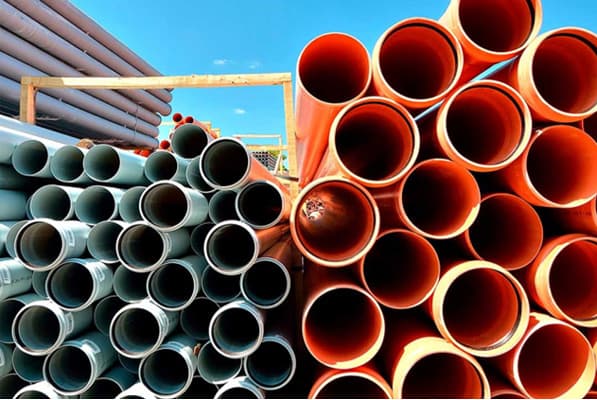
Unplasticised PVC (PVC-U):
PVC-U, or unplasticised PVC, is the most common type of pvc pipe, known for its rigidity and absence of plasticizers. This makes it particularly suitable for applications that demand high strength and chemical resistance. Widely used in pvc water pipe systems and pipe fittings pvc, PVC-U offers a combination of lightweight construction, durability, and cost-effectiveness. Its key characteristics include resistance to corrosion, certification for use with drinking water (meeting ANSI/NSF 61 standards), and smooth interior surfaces that ensure excellent flow properties.
Chlorinated PVC (C-PVC):
C-PVC is a modified form of pvc pipe designed to withstand higher temperatures through a process called chlorination, which enhances its resistance to heat and aggressive chemicals. This makes C-PVC particularly suitable for applications such as hot and cold water lines, chemical processing, and fire sprinkler systems, where durability under elevated temperatures and exposure to harsh substances is essential.
Molecularly Oriented PVC (PVC-O):
PVC-O is produced through a process that reorients its molecular structure, resulting in significantly increased tensile strength and impact resistance while simultaneously reducing its weight. This makes PVC-O particularly advantageous for high-pressure water networks and large-diameter installations. Its excellent ductility allows for better flexibility under stress, while the reduced weight lowers the energy required for transportation and handling. Additionally, PVC-O offers a long service life even in extreme environmental conditions, making it a reliable choice for demanding applications.
Modified PVC Types:
Several types of modified PVC have been engineered to provide enhanced toughness and durability. PVC-M (Modified PVC) offers a balanced combination of flexibility and strength, making it suitable for various general applications. PVC-HI (High Impact PVC) is specifically designed for high-impact resistance and is commonly used in gas applications, including natural gas and hydrogen delivery. PVC-A (PVC-Alloy) is alloyed to provide superior crack resistance, making it ideal for installations exposed to harsh conditions. These variants are tailored to meet the demands of challenging environments, such as pressurized gas delivery systems and outdoor piping exposed to the elements.
Comparison with Other Plastic Pipes:
For context, PVC is often compared to other plastic pipe materials in terms of flexibility, chemical resistance, and cost:
| Material | Temperature Resistance | Chemical Resistance | Flexibility | Common Uses |
|---|---|---|---|---|
| PVC | Moderate | High | Low | Water systems, drainage |
| C-PVC | High | High | Low | Hot water, industrial use |
| Hdpe pipe | High | High | High | Water mains, sewer lines |
| PEX | High | Moderate | Very High | Indoor plumbing, radiant heat |
| ABS | Moderate | Moderate | Moderate | DWV systems |
| PP | High | High | Moderate | Industrial and laboratory piping |
Key Characteristics and Properties
PVC pipe is widely valued for its durability and versatility across many applications. Its resistance to corrosion and chemical exposure makes it a reliable choice for long-term use, while its lightweight nature facilitates easy installation and handling. A common question is: Is PVC pipe flexible? The answer depends on the pipe type and conditions—its flexibility and rigidity vary with pipe classification and soil conditions.
- Resistant to rust and corrosion
- Cost-effective compared to metal pipes
- Lightweight, easing transport and installation
- Smooth interior reduces friction, improving flow efficiency
- Chemically resistant to many substances
- Sensitive to high temperatures; may become brittle in extreme cold
- Certified safe for potable water (ANSI/NSF 61 compliant)
Common Uses and Applications
Pvc pipe is widely used due to its versatility, durability, and chemical resistance. Its smooth interior surface enhances flow efficiency, making it suitable for various residential, commercial, and industrial applications. Below are the most common uses of pvc pipe:
- Drain-Waste-Vent (DWV) systems: Ideal for waste removal and ventilation in plumbing.
- Sewers and underground drainage: Resistant to corrosion and chemical attack.
- Potable water supply: Commonly used in water mains and service lines, meeting safety standards for drinking water.
- Irrigation systems: Efficient water distribution for agriculture and landscaping.
- Electrical conduit: Protects cables and wires from environmental damage.
- Industrial piping: Used in chemical processing and wastewater treatment due to chemical resistance.
- Hot and cold water lines: Suitable where specified pvc types can handle temperature variations.
- Above ground and underground installations: Flexible use in different environments with proper stabilization.
Installing PVC Piping Systems
- General Steps: Follow local codes and safety guidelines carefully. Proper handling and inspection before and during installation are essential to ensure system integrity.
- Cutting the Pipe: To cut pvc pipe accurately, square cuts are crucial for creating reliable joints. Use appropriate tools such as handsaws, plastic pipe saws, chop saws, hacksaws, or pvc pipe cutters to achieve clean edges.
- Deburring the Pipe Ends: Remove burrs and rough edges both inside and outside the pipe to prevent damage to fittings and ensure tight seals.
- Joining Methods: When joining pvc pipe, solvent cementing involves applying a primer followed by pvc pipe glue, then inserting the pipe into the fitting with a push and twist motion; allowing the recommended cure times ensures strong, leak-proof joints. Threaded connections require the use of thread sealants like Teflon tape to create watertight seals. Transition couplings are essential when connecting dissimilar pipes, such as pvc pipe to metal pipes, providing a reliable and secure connection.
- Supporting the Piping System: Properly space hangers and supports to allow for pipe movement and thermal expansion. This prevents sagging and joint stress.
- Testing the Installed System: Conduct pressure testing according to codes to detect leaks. Implement freeze protection where necessary to avoid pipe damage.
- Fixing Mistakes with Couplings: Use repair couplings to address joint failures or cracks, enabling quick and effective on-site repairs without replacing entire sections.
Maintaining PVC Piping Systems
Proper maintenance of pvc pipe systems is essential to ensure longevity and reliable performance. Routine preventive maintenance primarily involves visual inspections and cleaning to prevent buildup and detect early signs of damage.
Mechanical cleaning methods, such as using RotoRooter equipment, can be effective but should be applied cautiously. These methods may affect the integrity of Schedule 40 pvc pipe more than thin-wall variants. Additionally, pvc pipe generally resists corrosive gases inside the pipes, which helps reduce internal damage.

To protect the system from physical harm, consider the following precautions:
- Avoid contact with nails, screws, and abrasive surfaces
- Prevent damage caused by soil consolidation that can exert pressure on the pipes
Specific issues that may arise include:
- Cracks in pvc pipe fittings, often due to inadequate support
- Joint separation, usually a result of improper installation or thermal movement
Addressing these problems promptly through repair pvc pipe fittings or replacements can help maintain system integrity and prevent leaks or failures.
Pvc pipe Fittings and Components
Fittings are essential components in PVC piping systems, serving as connectors or detachable pieces that enable changes in direction, branching, or joining of pipes. They come in two broad categories: plumbing grade, which is designed for water and drainage applications, and furniture grade, typically used for non-pressure or structural purposes.

Common types of PVC fittings include:
- Tees: fittings with three openings arranged at perpendicular angles, used for branching pipe lines.
- Crosses: fittings where four pipes meet at right angles.
- Elbows: available in 45° or 90° bends, used to change the direction of the pipe.
- Couplings: used to connect two pipes or a pipe to a fitting, often intended to be permanent.
- Unions: similar to couplings but designed to be easily removable, facilitating maintenance or replacement.
Other fittings frequently used in PVC systems include bends, pipe clamps, Y-elbows, adaptor nipples, screw caps, plugs, endcaps, caps, ball valves, flanges, flange adaptors, adaptor unions, hose nozzles, check valves, reducing bushes, union nuts, rubber rings/washers, sockets, reducing sockets, and adaptor sockets.
Conclusion
In conclusion, pvc pipe offers a versatile, durable, and cost-effective solution for a wide range of piping applications. Its resistance to corrosion, lightweight nature, and ease of installation make it a preferred choice in plumbing, irrigation, and industrial systems. Understanding the specific properties of different types of pvc pipe, such as PVC-U, C-PVC, and PVC-O, helps in selecting the right material for the job. Proper installation and regular maintenance, including careful handling and timely repairs, are essential to maximize the lifespan and performance of pvc pipe systems. With continued advancements in manufacturing and materials, pvc pipe remains a reliable and efficient option for both residential and commercial projects.

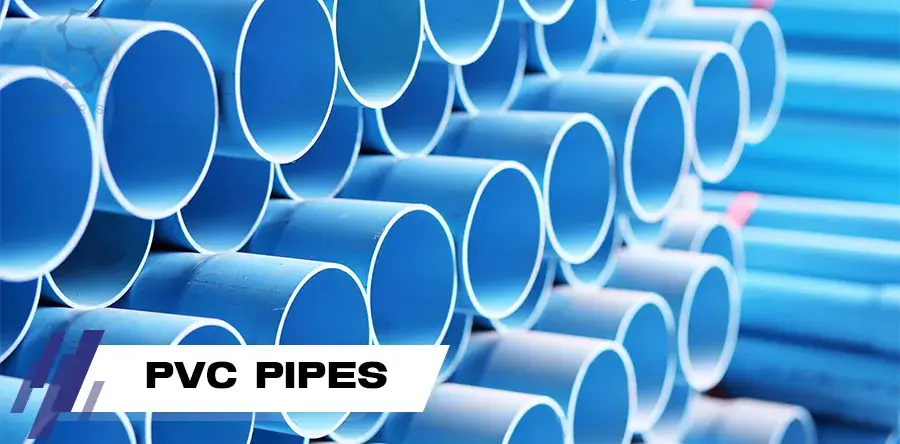
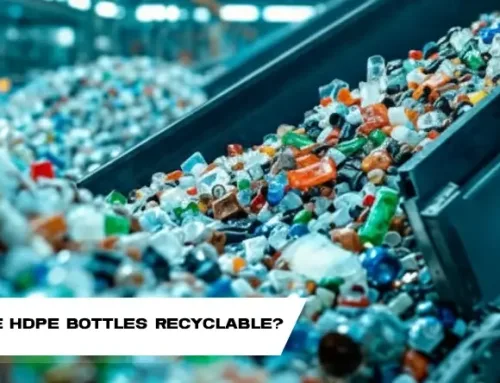
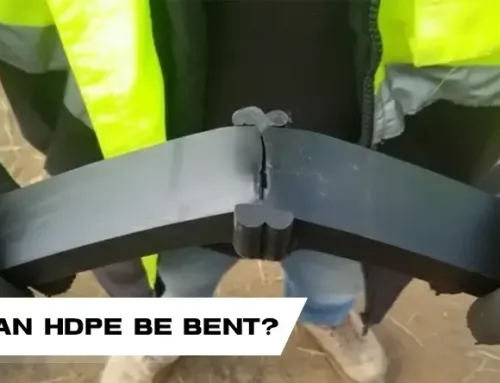
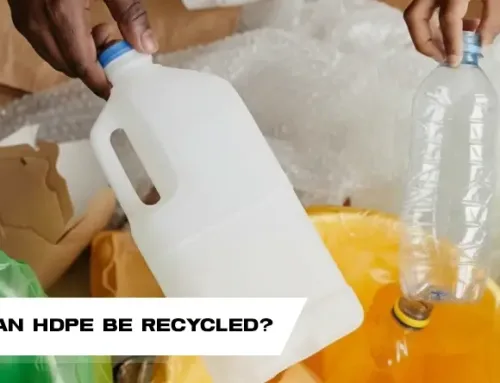

Leave A Comment